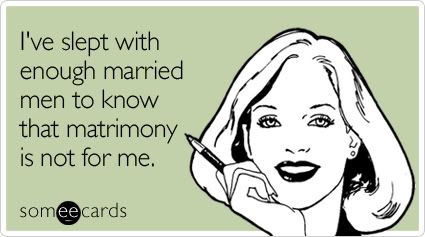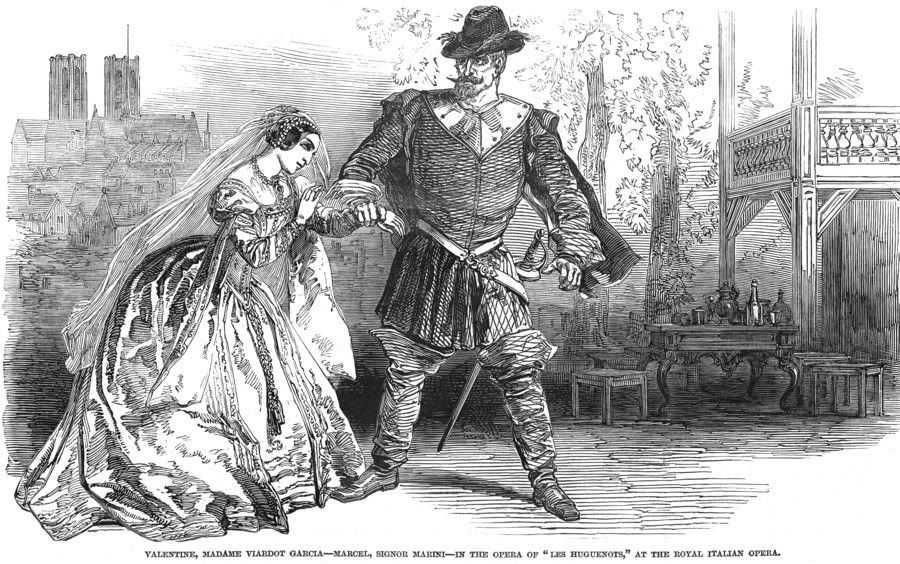The main theme that seemed to be presented in relation to humor was sarcasm in the face of emotional predicament. In every story the main character was presented with some sort of situation that seemed to be undesirable in some way. It seems to be in a fashion that lets readers know that everyone has their predicaments and that sarcasm and dry humor will help you get through it. In "How to be Another Woman", she makes lists to poke fun at what she seems to be obsessed with; the supposed wife “CLIENTS TO SEE- Birthday Snapshots, Scotch Tape, Letters to TD and Mom”(pg6). She has no clients to see although she wishes she had, judging from the numerous insecurities she expresses over being a secretary.

While visiting her mother she reveals she is having an affair with a married man, her mother scolds her. Instead of reacting she responds with an altogether random thought “Wonder why she always polishes the silver after meals”(pg15). In the story How she is in a relationship that she is not too sure she is happy with. She feels suffocated especially when he speaks of marriage and children “He will begin to talk about a movie camera and children’s encyclopedias, picking up size-one shoes in department stores and marveling in one high, amazed whistle. Avoid shopping together.”(pg57). This is just an example of the witty solutions you find throughout the book.
Another theme in the book is fear of the truth. In "Amahl and the Night Visitors: A Guide to the Tenor of Love", Trudy seems to know that her boyfriend is having an affair. Yet at the same time seems to be naïve about the entire situation. She would bring it up and he would put the blame back on her insecurities. I think this is something almost every woman has experienced at some point. In "To Fill" she buys her mother gifts that usually would be house warming gifts to entice her to leave the hospital. As if she does not want to face the reality of her mother being in the hospital. Her mother says she “can’t keep these things here”(pg130) and Trudy responds “Well bring them home Ma.”. In "How to Become a Writer" she decides to start writing in college. In almost every paragraph someone will state in some way that she is an unusual writer, and sometimes she is thought to be crazy. When she shows people her manuscript, she tells them that she was a child psychology major before she got into writing. They respond with “I bet, you’d be great with kids”(pg126). She takes this offensively which suggests that she is fully aware how her writing is perceived, but just seems to feel differently about it.
Lorrie Moore uses many types of literary devices to show humor. They include stereotypes, puns, part verse the whole, reversals, shock value, defense mechanisms, double meaning, and feminist humor. Although Lorrie Moore uses many of these techniques to show humor I am going to focus on her use of defense mechanisms. Defense Mechanism’s, as Merriam Webster explains it, is an unconscious mental process that makes possible compromise solutions to personal problems. We, as individuals, use defense mechanisms on a daily basis. For example, when we are told we have something on our face, say ketchup, we tend to laugh it off to hide our embarrassment. As we look through Lorrie Moore’s book of Self Help we find many ways she uses defense mechanisms to help the individual deal with the situation.
Before I begin to inform you of the ways in which Lorrie Moore applies defense mechanisms throughout her book, I must show a video that reveals some of the emotions that coincide when using defense mechanisms.
Most of those emotions listed are expressed throughout this book. While reviewing the short stories, I found that anger was just one of the emotions expressed by the individuals. An example of using anger as a defense mechanism I discovered is found in the story of "How To Be An Other Woman". The scene I am referring to is where he is informing Charlene that she is not the only woman in his life. He publicizes to her that he is separated from his wife and lives with another woman named Patricia. Charlene, being sarcastic, makes a joke to hide her anger. However, she reveals her anger to us by breaking up with him. The use of defense mechanisms is not always evident. By using defense mechanisms we are less likely to express the emotions we originally felt.
Another example of a defense mechanism is blame. Merriam Webster defines blame as assigning responsibility for a fault or wrong. The use of blame is shown throughout the short story of "Go Like This." The gist of the story is about a woman that has contracted cancer and is preparing to commit suicide. Even though the doctor has explained to her that she can be healed through therapy she is still considering the suicide. She is putting blame on the cancer to reassure herself that committing suicide is all right, even though she has family and friends. I think putting blame on others or something is the most prominent way a person reacts when dealing with defense mechanisms.
Another thing that makes Lorrie Moore’s reading so captivating is her play on stereotypes. Though many stereotypes are shown throughout Self-Help, only the three main ones will be discussed in this review. This first stereotype repeated several times throughout this collection of stories is the cheating man. In "How to Be an Other Woman", Lorrie Moore depicts a man who is not only separated from his wife but is cheating on his live in girlfriend. In every story, it seems like the woman has everything going wrong with no one to turn to. They are emotionally strained and their husbands and boyfriends only add insult to injury. In "To Fill", Riva struggles to maintain her sanity while dealing with the issues of her mother and son, only to find out that her husband, Tom, is having an ongoing affair with a woman from Scranton. Frequently in Self-Help, the cheating man is also the artistic man. Almost every story includes a man somehow connected to the arts. This man is loved by all, but is emotionally and, consequently, physically disconnected to his family and loved ones.

The mistress is another stereotype Lorrie Moore frequently uses in Self- Help. Most of the time, the audience is lead to see the mistress as the “bad guy”, but "How to Be an Other Woman" puts her own personal spin to it. She opposes the view of the mistress. throughout the story we begin to feel sorry for her, and when she leaves the cheating man we feel joyed that she has gained a sense of empowerment. This ties into the cheating man also in the aspect of responsibility. In Self- Help, the man is always seen as the one at fault. Whether this be truth or inaccuracy, this is what we are made to believe through this collection.
Self-Help is a compilation of short stories brought together through life predicaments shed in a different light. Through sarcasm, defense mechanisms, and stereotypes, Lorrie Moore manages to write a book that makes you think differently about life and it's little quirks.
Works Cited
Moore, Lorrie. Self-Help. New York: Vintage, 2007.
"Royal Italian Opera"
The Illustrated London News, August 12, 1848, p.85
Posted by: Lauren Kohne, Jennifer Hasselbach, Charlene Winburn
2 comments:
Thank you for this review of Self-Help; you've brought up several compelling points throughout. I was particularly interested when you write, "Frequently in Self-Help, the cheating man is also the artistic man. Almost every story includes a man somehow connected to the arts. This man is loved by all, but is emotionally and, consequently, physically disconnected to his family and loved ones." Considering what we know about Moore through the bio on this site, why do you think that is? Many of the stories revolve around a relationship--and often a failed one. I wonder if this might have something to do, too, with the way Moore envisions the real and imagined roles that our culture constructs around genders.
Certainly, Moore tends to resist prescribed gender roles in this collection. Sarcasm, perhaps is one result of this. Do you see sarcasm as form of resistance or protest? I like your assessments about the fear of truth in this posting. I wonder if you also mean the fear of perception. I think this section was a bit undeveloped, though an interesting point worthy of consideration.
I wasn't exactly sure how to connect your images to your text, though I liked them. The first photo/text seems like it could be picturing one of Moore's narrators. I like your use of the term "little quirks" in the final paragraph. Moore is quirky--and I'd be curious to hear how others think of this.
Some things for everyone to consider as we continue our postings.
1. When several authors are writing, consistency becomes an issue. Make sure one individual takes on the role of "Final Editor." A few of these postings look like they've not been edited for simple grammar mistakes, so make sure you proofread.
2. Titles of stories go in "quotations." Titles of books are underlined or, preferably, italicized. Remember 101 rules: End punctuation goes outside of the in-text citation. Also, you should be coming up with original titles for these essay projects. Be creative!
3. When talking about a collection of stories, you'll need to provide segues and some context (i.e. an introduction) for each. The "she" of one story is not the same "she" of another story, so be sure you're explaining who characters are. Perhaps even give a one-sentence summary of the story.
4. When working on the reviews, it might be helpful to consider how the work has been reviewed by others.
5. Be sure to cite when you are using an outside source, and make sure you include it in the works cited page.
I think that it is interesting that this group pointed out how a theme throughout was sarcasm in the face of an emotional predicament. This rings true in life, because many times it is hard to actually face things, so by using humor it gives us a little room to breathe and try not to focus so much on the bad things in life. This is why I believe humor is such a good thing, and why all people need ot laugh. Overall this group did a good job in reviewing the book.
-Amanda Recker
Post a Comment